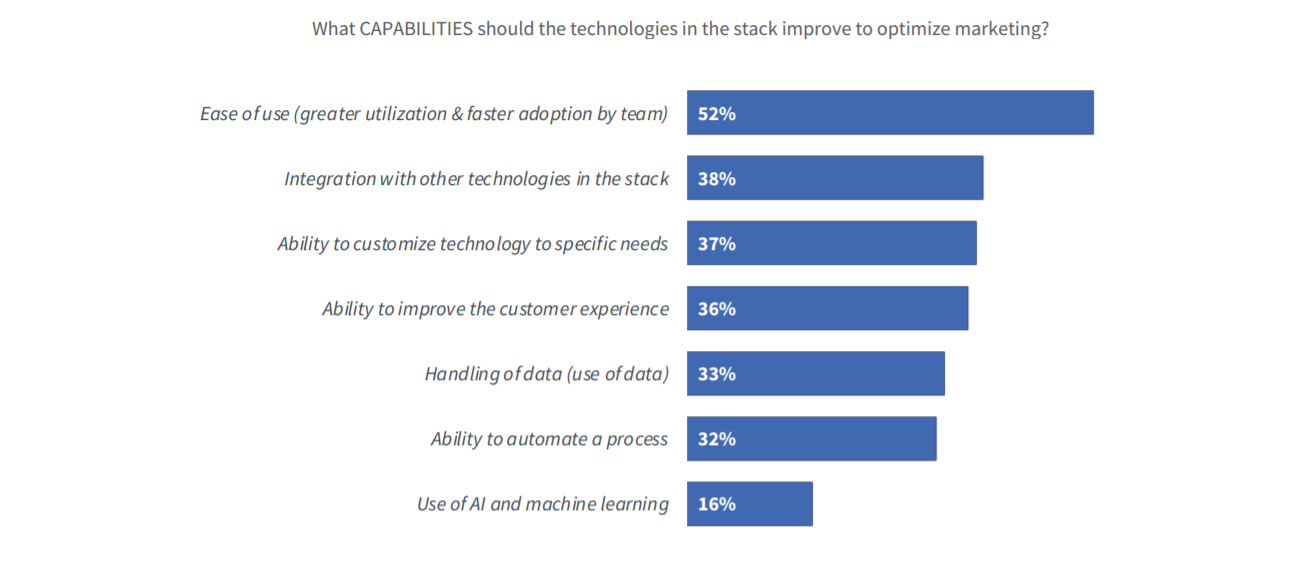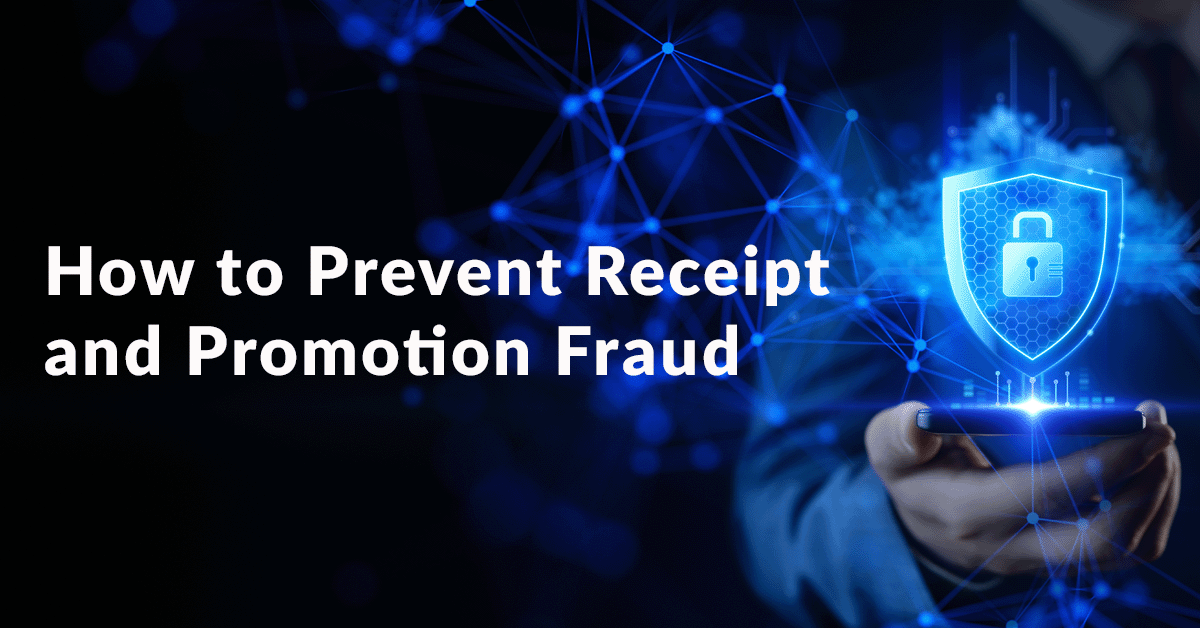1. What Do Consumers Want?
We all want to be understood – that’s the driving force behind customer engagement. Consumers don’t want to be treated like ATMs. They want a fair exchange in every interaction, and they want to be able to do it on their own terms.
Individualization
Personalization is key to customer engagement. 91% of consumers say they're more likely to shop with brands that provide offers and recommendations that are relevant to them.
But now customers have a taste for it and expect more.
Personalization begat hyper-personalization, which has now become individualization. 5 years ago, customers were happy when personalization meant their name in your promotional email and recommendations based on purchase.
But now machine learning algorithms and data can raise personalization to a whole new level. For example, Netflix’s powerful recommendation engine provides its users with a unique customer experience, based on their viewing history and rankings.
For the same show, Netflix creates multiple teaser images (landing cards) and displays the artwork or imagery that will best appeal to a specific user to maximize their interest and click-through rate.
A Fair Exchange in Every Interaction
Deep wells of customer data power most martech tools. The problem for marketers today is that customers know how valuable their data is. A recent survey goes so far as to suggest that no amount of money could buy the personal data of 32% of consumers. But the same survey also suggested that a third of people have benefited from sharing their data with brands.
Whenever a customer interacts with a brand, whether through a purchase or not, there’s an opportunity for brands to engage. Customers want to feel rewarded for doing so, especially if it makes them feel part of a broader brand story.
Engagement on Their Own Terms
Customers want to use the channels they like best and get the same experience and level of personalization every time. 74% of customers use multiple channels to start and complete a transaction.
But one of the enduring myths of omnichannel experiences is that brands need to be able to talk to people anywhere. The truth is that customers don’t care if your omnichannel experience allows them to engage with you via voice search if they don’t like talking to you that way. So, while 76% of consumers prefer different channels depending on the context of the message, it’s important for brands to know what works best for their own customers.
To succeed in a digital world, companies will need to take advantage of new technology, not to copy what everyone else is doing but to advance their own mission by investing in the differentiating capabilities that allow them to deliver on their purpose.
2. What Does Your Marketing Team Want?
From a customer engagement perspective, marketers want the power to deliver unique experiences, better customer journeys, to be agile in a changeable world and to deliver stronger customer engagement metrics. But when it comes to martech tools, quality of life trumps deliverables. 51% of marketers hope that optimizing their martech stack will help with improving customer experience.
Easy-to-Use Martech Tools
Marketers want martech tools that fit easily into their current stack and are simple to use. This is highlighted most vividly in a recent study from Ascend2.

Ease of use, integration, and customization came out ahead of improved customer experience, automation, and data management.
CDPs That Actually Work
Customer data platforms (CDPs) are key to unifying omnichannel customer data from both inside and outside the marketing department. Despite this, a “lack of a strong customer data foundation” is a top impediment to enterprises.
This leads Gartner to predict that, by 2025, 80% of marketers who have invested in personalization will abandon their efforts due to lack of ROI, the perils of customer data management, or both.
The problem is that while marketing often owns the CDP within an enterprise, Sales, Customer Support, BI, Finance, and Ops all want unified customer data too. The reality is that when it comes to enterprise, a “single view of the customer” needs to look different depending on who’s looking at it.
Marketers need a CDP that either has strict parameters for use or is deployed in a way that allows all stakeholders to engage with data on their own terms. In addition, they have to have an agreed way to measure customer engagement and improvements in it.
The Power to Deliver Unique Experiences
Most martech tools are data gathering and management engines. Marketers need rich data sets with pinpoint segmentation to offer enhanced customer experiences. This requires martech tools that can acquire, manage, and secure zero party data directly from individuals. And once they've created and launched these experiences, marketers want to see the results of that activity and be able to present them to the board.
But it’s not all about the digital experience.
While there’s no doubt that digital experiences have increased over the last 18 months, in-store activity is almost back to pre-pandemic levels in many places. In a world with ever-more complex and disrupted customer journeys, marketers must be able to collect and activate customer data across multiple touchpoints.
In addition to transaction processing at checkout, they need a means of validating and capturing data from non-purchase engagement.
Examples of non-purchase engagement
- Social media interactions
- Writing reviews on third party sites
- Engaging with marketing activity
- Receiving a promotional email
Achieving this level of personalization at scale can drive between 5 and 15% revenue growth for companies in a variety of sectors, including retail, travel, entertainment, telecom, and financial services.
Which B2B Martech Tools Help Improve Customer Engagement?
So, which martech tools improve customer engagement? Most martech stacks include some or all of the following:
- Customer Service Software
- Lead-Gen tools
- Customer listening/feedback tools
- Omnichannel conversation APIs
- Collaboration tools
- Project Management tools
- Asset creation
- Marketing automation (incl. email & social)
- Influencer marketing
- CRM
To choose the right martech tool from this list (and each one has dozens of options), go back to your strategy. The right martech tool is whichever one holds up to critical scrutiny in the context of improving customer engagement. We believe that in general, this means they have:
- Transaction & engagement processing to activate and validate customers in any channel
- Data granularity for deep drill segmentation
- Value-exchange engines to enhance customer engagement with preferred reward systems
- Flexibility for seamless tech integrations
- Personalization to deliver emotional experiences at every stage of the customer journey
Great B2B Martech Tools Enable Marketing Strategy
Customer engagement is a people discipline, not a marketing one. Enterprises that see success with their martech stack understand this and use tools that enable, not hamper, their vision of great customer engagement.






